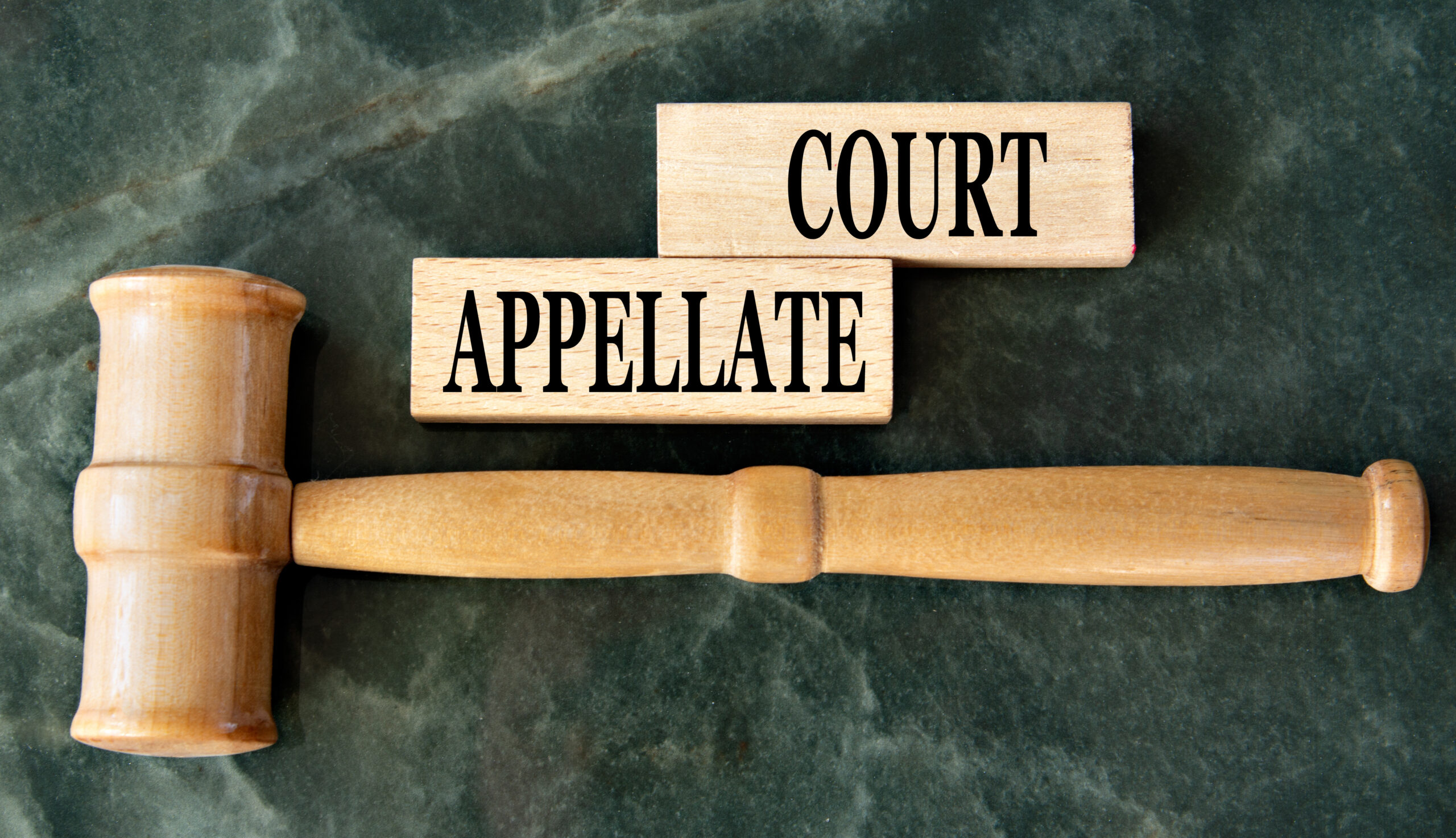In a closely watched medical malpractice action, the Michigan courts are continuing to grapple with the boundaries of peer review protection. Peer review generally refers to process by which health care professionals engage in critical analysis to improve patient care. In an effort to encourage robust dialogue and analysis, many states have developed immunity statutes to protect those contributing to the peer review process as well as records generated through the peer review proceeding from discovery. Questions about the scope of the peer review protections remain. Are peer review reports protected from discovery in their entirety? Are the facts underlying a peer report privileged? May a party advance a theory of defense at odds with known facts outlined in a peer review report?
In Harrison v. Munson Healthcare, Inc., a patient’s forearm was burned by a Bovie (cauterizing device) during surgery to remove a cancerous thyroid gland. No notations were made in the patient’s chart explaining or acknowledging the occurrence. After the surgery, the patient wanted an explanation for the quarter-sized burn. The hospital sent a letter to the patient, signed by the operating room manager, which gave few details explaining how the out-of-surgical field injury occurred.
The patient filed suit against the surgeon and the hospital. During discovery, the hospital maintained that the cause of the burn was a mystery. The surgeon testified, as a matter of habit, custom and practice, the Bovie was always returned to its protective holster when not in use. Several members of the surgical team denied any recollection of the surgery or the adverse event. At trial, the hospital continued to advance the theory that the burn was an “inadvertent mystery.”
The patient called the hospital’s operating room manager to the stand at trial. The hospital objected to the administrator’s testimony as peer review protected. The trial judge questioned the witness outside the presence of the jury. The operating room manager testified that she routinely interviewed all witnesses following adverse events, but did not recall whether any incident report was generated. The judge ordered the hospital to produce the risk manager’s entire file for in camera (in judge’s chambers) review.
A nurse, who testified that she had no recollection of the surgery or being interviewed regarding same, documented in the incident report that, “During the procedure, Bovie was laid on drape, in a fold. [the surgeon] was leaning against the [patient] where the Bovie was.” The “incident report” was prepared within 90 minutes of the burn being discovered. The trial judge declared a mistrial and ordered an evidentiary hearing to determine whether all or part of the incident report was peer review protected.
According to the trial court judge, the hospital’s representation that the Bovie became inadvertently unholstered was blatantly inconsistent with the contemporaneously prepared incident report. Accordingly, it was a violation of Michigan Rules of Professional Conduct for the hospital’s counsel to offer its “inadvertent mystery” defense. The trial judge also awarded sanctions against the hospital and its counsel of $53,958.69.
The Michigan Court of Appeals held that the incident report was partially privileged. The nurse’s handwritten, contemporaneous observations were not subject to peer review. However, the remaining portion of the report detailing the risk manager’s conclusions and recommendations were peer review protected, as they reflected a “deliberative review process.” Put differently, the mere fact that information is submitted to a peer review committee does not make that information peer review protected. The Court of Appeals upheld the sanctions against the hospital and its attorneys for advancing a theory of defense that they knew was at odds with the contemporaneous investigation of the incident.









